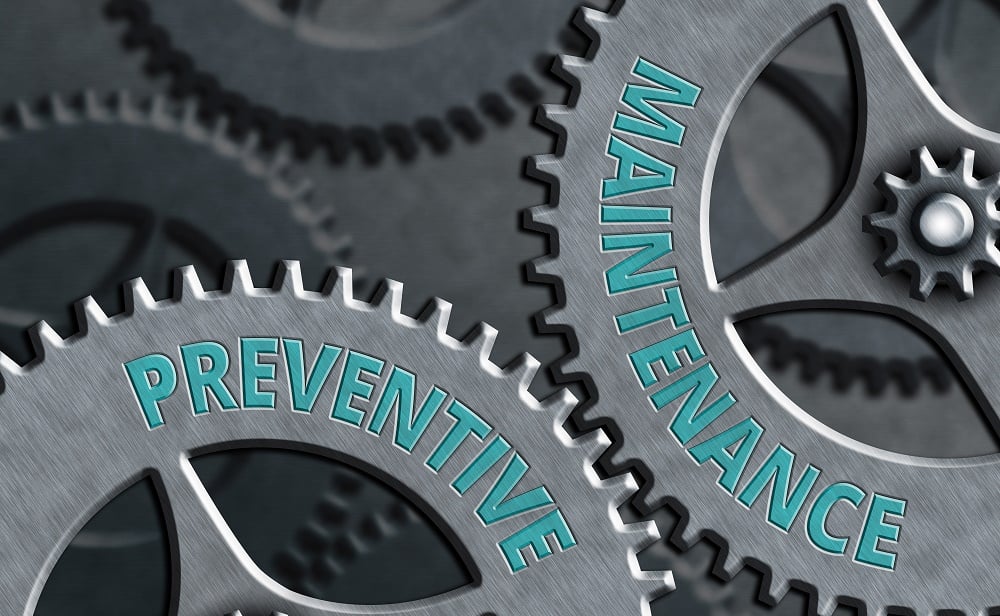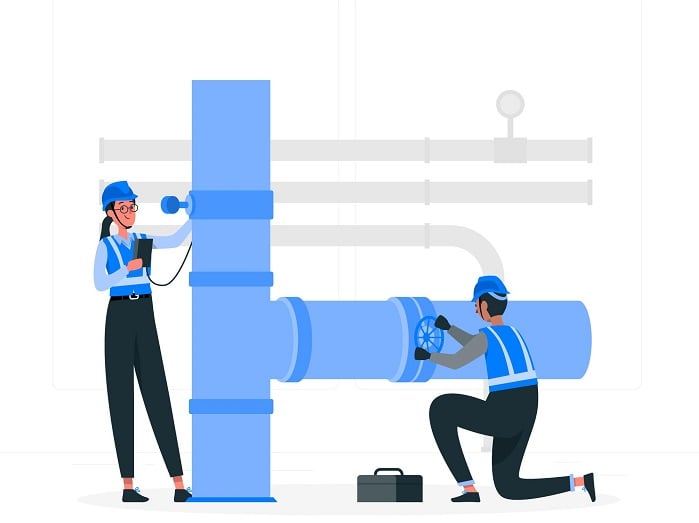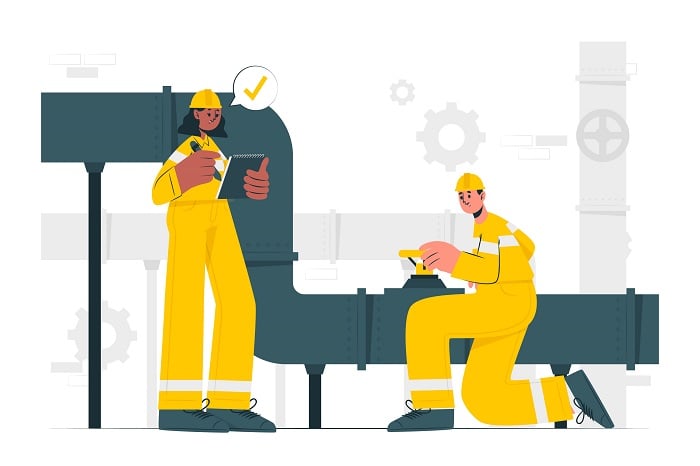PVA Applications Distributors PVA Case studies PVA Safety
25 January 2024
PVA Applications Distributors PVA Case studies PVA SafetyThe importance of maintaining valves in optimal condition cannot be overstated. Proactive maintenance for valves is not just a practice; it's a strategic approach that can revolutionize the reliability, efficiency, and longevity of your equipment.

Proactive maintenance ensures that valves are regularly inspected, lubricated, and tested before issues arise. This preemptive approach minimizes the chances of unexpected breakdowns, reducing downtime and enhancing the overall reliability of your systems.
Regular inspections and maintenance activities contribute to the prolonged lifespan of valves. Addressing minor issues promptly prevents them from escalating into major problems, preserving the integrity and functionality of the valves over time.
Proactively maintaining valves means ensuring they operate at peak efficiency. Well-maintained valves facilitate smooth fluid flow, contributing to optimized system performance. This efficiency not only enhances productivity but also supports energy conservation.
While some may see proactive maintenance as an additional cost, it's a strategic investment that pays off in the long run. Addressing potential problems early prevents costly emergency repairs or replacements. The cumulative effect is a reduction in overall maintenance expenses and a more predictable budget.
Proactive maintenance prioritizes safety by identifying and rectifying potential issues before they compromise the integrity of the valves. Regular inspections ensure that valves meet safety standards, providing a secure working environment for your personnel.
In many industries, adherence to regulatory standards is non-negotiable. Proactive maintenance helps in consistently meeting and exceeding compliance requirements. This not only avoids legal issues but also builds a reputation for reliability and responsibility.
Proactive maintenance involves the collection and analysis of data related to valve performance. This data can be invaluable for making informed decisions about replacement schedules, upgrades, or system improvements. It empowers your team to take strategic actions based on real-time insights.
 Proactive Valve Maintenance vs. Condition-Based Maintenance: Striking the Balance
Proactive Valve Maintenance vs. Condition-Based Maintenance: Striking the Balance
As industries evolve, so do maintenance strategies, with Proactive Maintenance (PM) and Condition-Based Maintenance (CBM) emerging as key methodologies :
PM is a preventive strategy that involves scheduled, routine tasks performed on valves to prevent potential issues. The goal is to identify and rectify problems before they impact system performance. PM typically includes activities like regular inspections, lubrication, and parts replacement based on predefined intervals.
- Enhances reliability by addressing issues before they escalate.
- Extends the lifespan of valves through systematic care.
- Improves efficiency and prevents unexpected downtime.
- Supports budgeting with predictable maintenance costs.
CBM, on the other hand, is a more data-centric approach. It relies on real-time monitoring and analysis of a valve's condition to determine when maintenance is required. CBM utilizes sensors and predictive analytics to detect abnormalities, allowing for interventions precisely when needed, rather than adhering to a fixed schedule.
- Minimizes unnecessary maintenance by responding to actual equipment condition.
- Maximizes uptime by avoiding unnecessary disruptions to operations.
- Reduces costs by focusing resources on critical components.
- Enhances safety by addressing issues precisely when they arise.
The key lies in finding the optimal balance between PM and CBM. Proactive maintenance sets a solid foundation by preventing common issues through routine care. However, CBM acts as the proactive strategy's dynamic counterpart, offering a more tailored, data-driven approach that adapts to the actual condition of the valve.
By integrating CBM into a PM program, industries can achieve a comprehensive maintenance strategy. Real-time data from CBM can refine the timing and scope of proactive tasks, ensuring resources are allocated where they are most needed. This synergy results in a maintenance approach that is not only proactive but also responsive to the nuanced demands of modern industrial processes.

In conclusion, adopting a proactive maintenance strategy for valves is more than just a best practice – it's a game-changer.
Integrating portable valve actuators is a proactive step towards enhancing valve maintenance practices.
By streamlining efficiency, promoting safety, enabling quick responses, and offering versatile applications, these actuators contribute to a proactive approach in maintaining optimal valve performance.
The remote monitoring capabilities further support real-time insights for preventive maintenance, minimizing downtime, and ensuring a cost-effective and environmentally compliant valve management strategy.

+ 33 (0) 4 75 40 27 15
sales@modec.fr
ZI Sirius Quatre
80, allée René Higonnet
26760 Beaumont-lès-Valence, FRANCE
185 Alewife Brook Parkway
#210
Cambridge, MA 02138, USA
11111 Katy Freeway suite
#910
Houston, TX 77079, USA
© Alle Rechte vorbehalten - modec - Verwirklichung : ARKOD